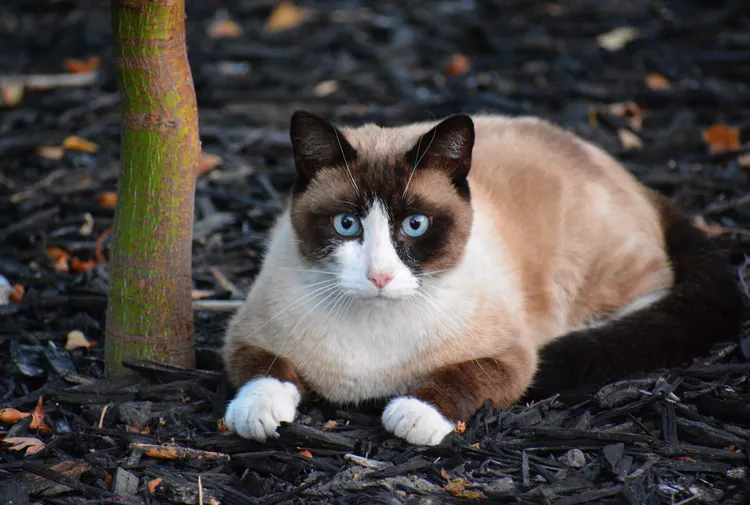
The snowshoe cat is a medium-large hybrid of the Siamese and American shorthair breeds that originated in the United States. The name "snowshoe" refers to the cat's four distinctive white paws. Their other colorpoint markings resemble those of a Siamese, and their personality is similar, too.
Many cats have four white paws, but the snowshoe is a very rare breed that almost went extinct. These friendly, loving, and devoted cats make great family pets because they get along with everyone, including children and other animals.
Learn more about the snowshoe cat, including the breed’s history, care needs, and temperament.
Other Name: Silver Laces
Personality: Affectionate, sociable, confident but needy of attention, intelligent, playful
Weight: Up to 12 pounds
Length: Up to 30 inches
Coat Length: Short
Coat Colors: Light body with darker blue or sable points (ears, mask, legs, and tail); white chest, paws, and parts of face
Coat Patterns: Colorpoint
Eye Color: Blue
Lifespan: Up to 15 years
Hypoallergenic: No
Origin: United States
Snowshoes are known for having a similar personality to the Siamese, which is half of their ancestry. They are generally affectionate and bond strongly with their humans. Confident, intelligent, and sociable, they tend to use their loud voices to demand attention and "talk" with their family.
These cats also have some personality traits that are similar to those of a dog. They prefer being near you, usually pick one person to bond deeply with, and don’t like to be left alone.
Known for their willingness to make friends with other cats and friendly dogs, snowshoe cats can thrive in a multi-pet household, but they will likely "speak up" to get the playtime or cuddles they deserve.
The snowshoe cat breed began in the 1960s when Dorothy Hinds-Daugherty, an American breeder of Siamese cats, discovered three kittens in one of her litters that each had four white paws. The paws, combined with the striking Siamese colorpoint pattern, delighted Hinds-Daugherty. She decided to cross these Siamese kittens with American shorthair cats with tuxedo markings in an attempt to develop the snowshoe breed.
Vikki Olander eventually took over the Snowshoe breeding program, and was the only breeder in the U.S. by the late 1970s. The breed nearly went extinct at that time, but other breeders showed interest and they were able to keep it going.
The breed has since grown in popularity. It was recognized in 1982 by the Cat Fanciers' Association and in 1994 by The International Cat Association.
Public interest in the breed was piqued by the late Grumpy Cat, a snowshoe cross, who gained celebrity status as a social media star in 2012. While she had distinct snowshoe colors and markings, Grumpy Cat's glum-looking features were considered a result of dwarfism and were not characteristic of the breed.
Snowshoe cats are easy to care for when it comes to grooming, but these are smart and active pets who require a lot of attention and playtime. Provide a variety of toys for mental and physical exercise, high perches for climbing, and, of course, soft places for your cat to nap in between all the action.
The snowshoe cat breed requires minimal maintenance when it comes to grooming. They are a short-haired variety and are known for being very clean. They will shed somewhat, but a once-weekly rub-over with a rubber grooming brush should be enough to keep any dead hairs at bay.
In addition to brushing your cat’s fur, trim their claws regularly to keep them healthy and prevent scratches, and brush their teeth to help keep their teeth and gums as healthy as possible.
Snowshoes, like their Siamese relatives, are clever and curious. They enjoy surveying their territory from high vantage points, such as the tops of cat trees, to spy an opportunity for adventure or someone ready to play. Your snowshoe will appreciate an environment with plenty of toys and willing game participants to avoid boredom.
Snowshoe cats also love water. You might find your cat pawing at the water in their fountain or bowl, or asking you to turn the faucet on so they can play with the water that way. Beyond that, however, these cats also like to actually be in the water, so you can let them play in a shallow amount of water in your bathtub.
Since they are so smart, snowshoes are relatively easy to train, whether they’re taught to play fetch, walk on a leash, or even open doors. Teaching simple tricks and commands to your cat using positive reinforcement training methods can increase the bond between you and help to keep your cat stimulated—both mentally and physically.
So far, in their brief breed history, snowshoes have proven to be pretty healthy cats. However, they might be prone to the following:
Due to their Siamese genetics, crossed eyes and kinked tails will occasionally crop up in a litter, but these traits are not painful or debilitating.
Snowshoes are medium to large cats with a soft, robust appearance. Their heads tend to be rather round with large eyes and slightly rounded ears. Between their eyes, they can have white fur that forms an upside-down V.
The ideal snowshoe breed standard calls for distinctly darker pointing on the ears, tails, legs, and top of the face. The chest, paws, and lower part of the face should be white, and the eyes a bright shade of blue.
Coat shade and markings vary across the breed. The pattern is determined by a recessive gene, so it can be difficult to achieve consistency. Interestingly, the breed is born white, and their darker pointing only begins to develop as they mature. It’s also normal for the coat to darken as they get older.
Snowshoes, like all cats, fare well on a high-quality meat-based diet as they are obligate carnivores. The food must contain a sufficient quantity of the amino acid taurine, which is found in animal-based proteins. If your cat becomes deficient in taurine, which can happen from eating dog food or plant-based foods, they can suffer potentially life-threatening eye and heart problems.
Because snowshoe cats are rare, they are expensive. A snowshoe cat might cost $1,500 or more.
You should always do your research when you are thinking about welcoming a new kitten into your home. Seek out a reputable breeder who is raising the kittens alongside their mother in a home environment where they are receiving the right socialization and care.
Also because the breed is rare, there are not so many breeders to choose from, and you may need to travel farther or go on a waiting list.
While snowshoe cats may be a little aloof with strangers, they develop strong attachments to people they get to know. They enjoy being with their human family as much as possible and can become depressed if left alone for long.
They happily adapt to homes with other cats, respectful children, and gentle dogs (providing introductions are performed properly). Despite their soft and cuddly appearance, though, snowshoe cats can be a bit bossy with other pets—usually all in good fun.
If you enjoy quiet tranquility, think twice before bringing home a snowshoe cat. Like their Siamese relatives, they are particularly vocal and like to be heard. They communicate with a variety of meows. Their volume levels are softer and less jarring than the Siamese, some even call it a mellow or melodious sound, but they are notorious noise-makers nonetheless.
If you’re interested in similar breeds, check out:
Otherwise, check out all of our other cat breed profiles.
Snowshoes are cuddly and enjoy human contact, so they don't mind being held or napping on laps.
The snowshoe breed is a hybrid (mix) of the Siamese and American shorthair breeds, and they share many traits with their Siamese ancestors.
The snowshoe is one of the rarest cat breeds. It nearly went extinct in the 1970s and is still hard to find today.

Cute Pictures & Facts About Calico Cats & Kittens
Learn fascinating facts about calico cats, including photos, the genetics behind this color combination, and common folklore and traditions.
How to Prevent Cat Separation Anxiety During Vacations
Discover why cats develop litter box problems and cat behavior problems when you go on vacation and what you can do about it to help them.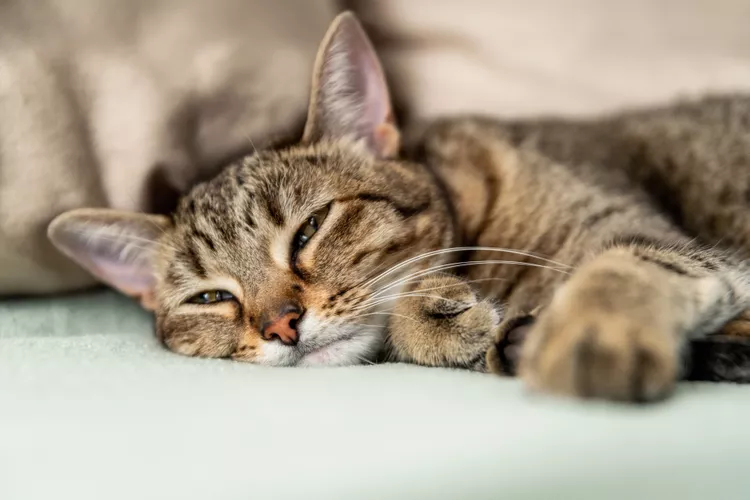
Cat Behavior Changes That Might Mean Something's Wrong
Cats' behavioral changes may indicate problems—or they may mean nothing at all. Explore causes of odd behavior and what to do about them.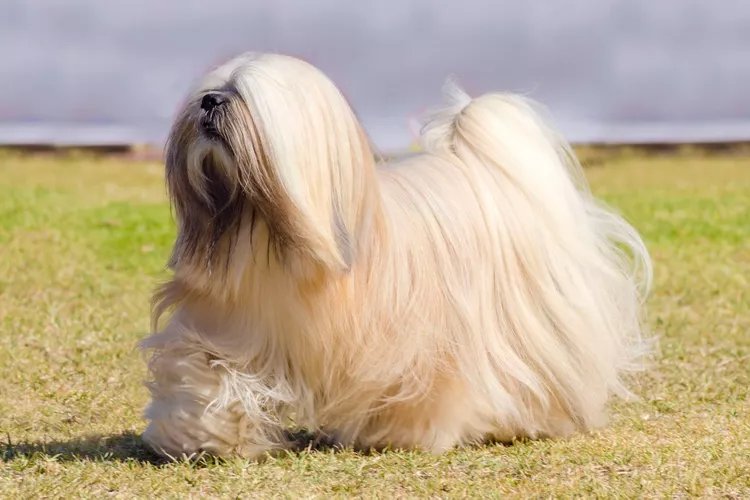
Lhasa Apso: Dog Breed Characteristics & Care
The Lhasa apso is an ancient breed from Tibet that was bred to be a watchdog. Learn about its history, health, exercise needs, and more.
Reasons Why Dogs Run Away and How to Stop It
Dogs can escape, especially if they’re bored and not properly contained. Here are some techniques for stopping your dog from running away.
Can Dogs Get Depression? How to Help Your Sad Dog
Can dogs get depression? Learn about the signs of depression in dogs and find out how to help your sad dog.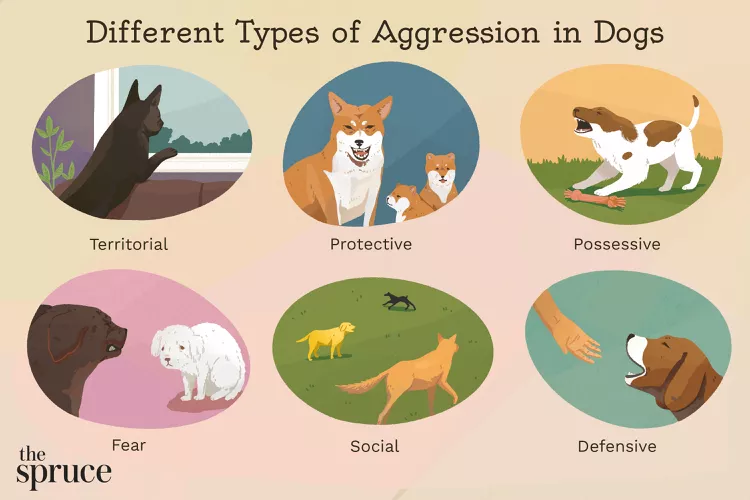
How to Stop Aggression in Dogs
Dog aggression can be a serious behavior issue for pet owners. Learn how to stop aggression in dogs before someone gets hurt.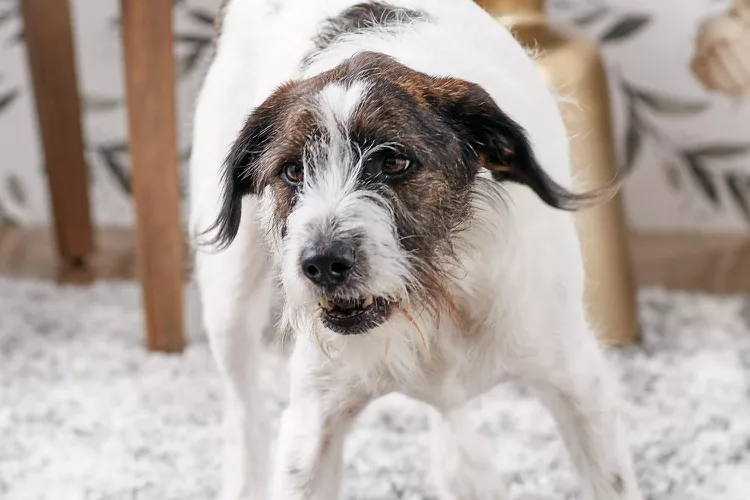
How to Stop Your Dog From Growling
A growling dog can soon become even more aggressive. Reduce the noise and potential for a dangerous situation with some of these techniques.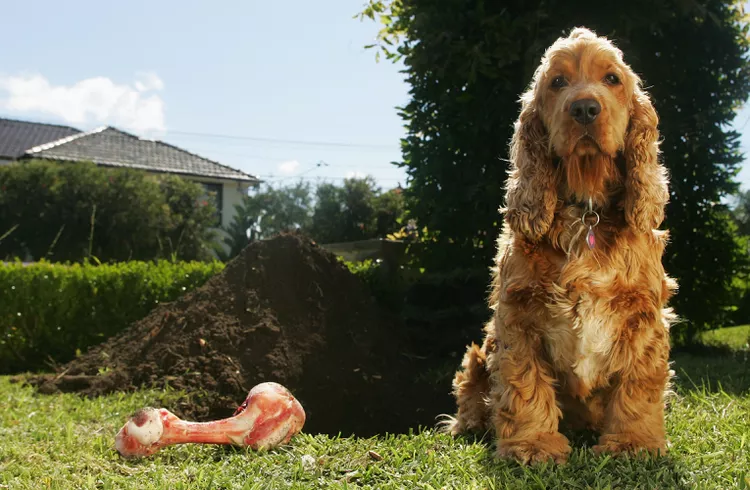
Why Do Dogs Dig Holes? How to Stop Your Dog from Relandscaping Your Yard
Dogs have been digging holes for centuries and for many reasons. Whether they’re bored or want to cool off in the dirt, here are the top reasons why dogs dig holes.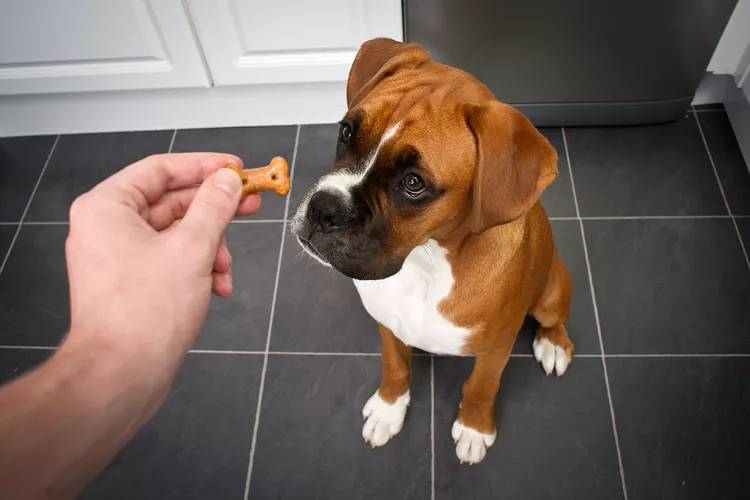
Dog Treat Varieties
Learn about the different types of dog treats on the market and decide which are best for your dog.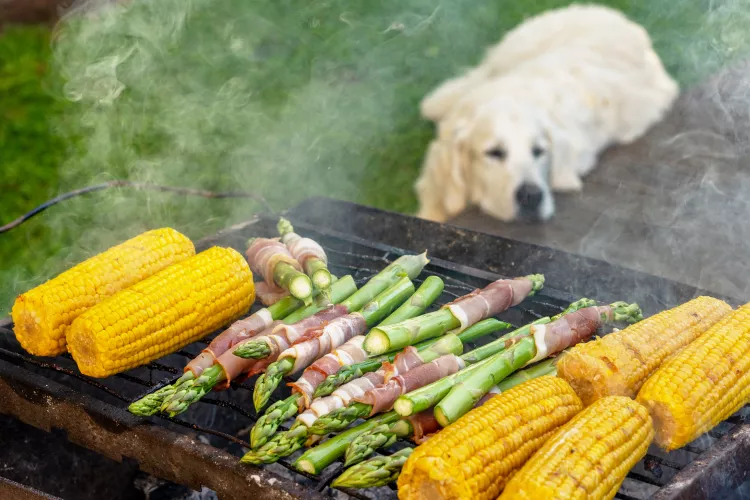
Can Dogs Eat Asparagus?
Dogs can eat asparagus, provided the vegetable is cooked plain and cut up for them. Seasonings, salt, and butter make it unhealthy for dogs.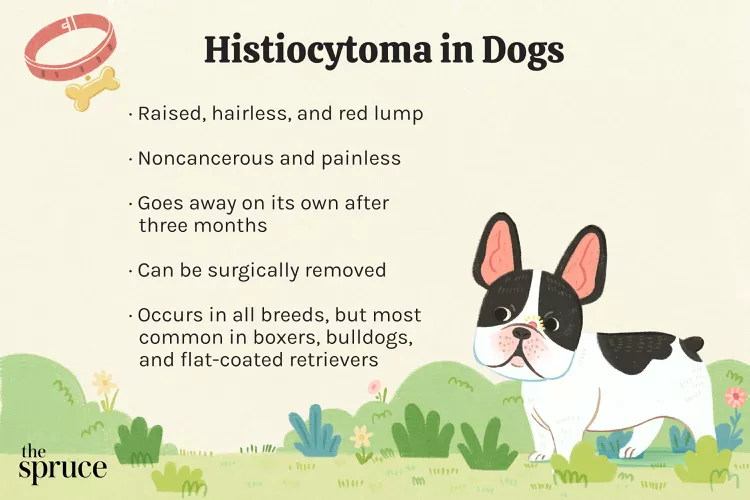
Histiocytomas in Dogs
A histiocytoma is a type of benign (non-cancerous) skin lump that usually affects young dogs. Learn the causes, treatment, and prevention.
Why Is My Dog’s Eye Swollen?
If your dog's eye is swollen, she may need veterinary attention. The inflammation could be caused by allergies, an injury, or even a tumor.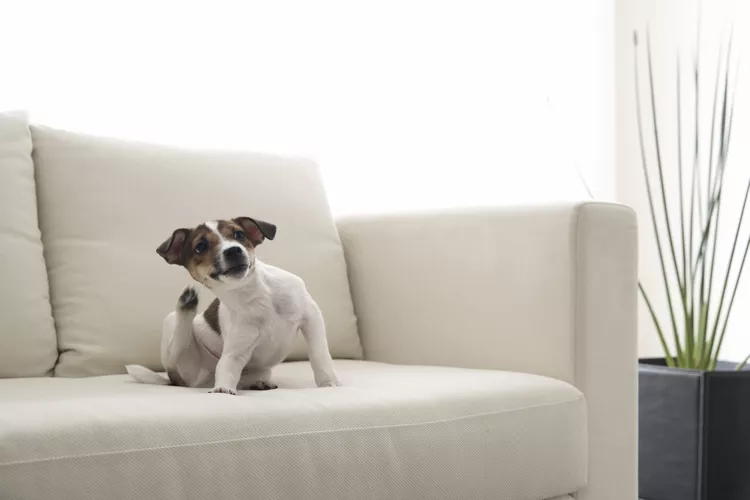
Common Bugs and Parasites Found on and Inside Dogs
Learn about common types of parasites in dogs. Find out how to treat and prevent parasites to keep your dog, your family, and yourself safe.
Exploring the Different Types of Pet-Friendly Beaches
Are you looking for pet-friendly beaches? Learn about the different types of pet-friendly beaches, their locations, and tips for visiting them with your pet.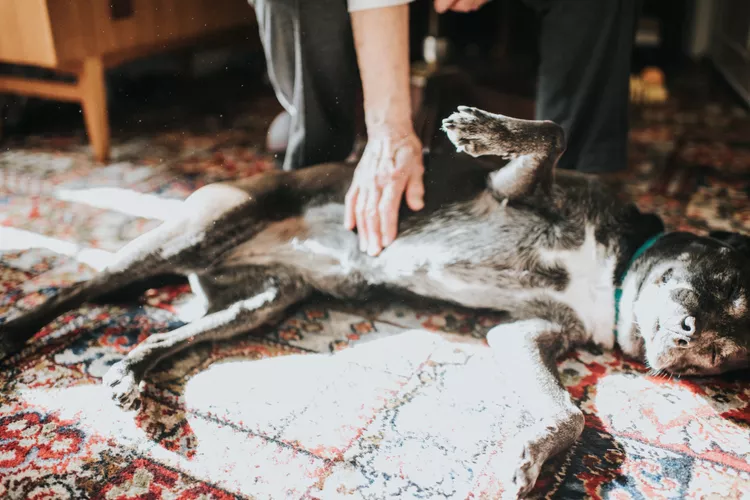
10 Obscure, Little-known Canine Facts in Honor of National Dog Day
With National Dog Day upon us, it's time to celebrate everything about our favorite pets—even the weirder stuff. Here are 10 obscure facts about dogs you probably didn't know.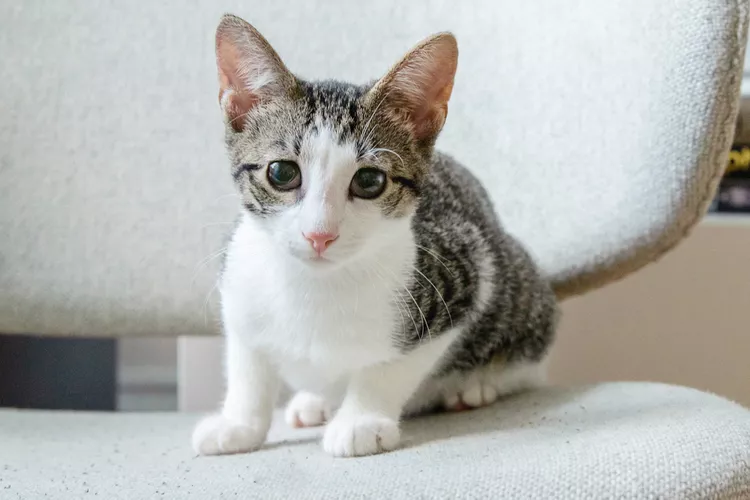
Kitten Development From 3 to 6 Months Old
Kittens grow and change a lot during their first year. Find out what happens between the ages of three months and six months old.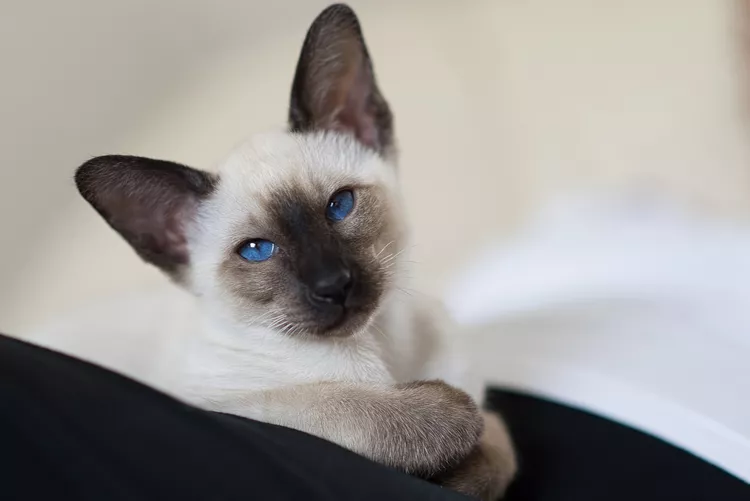
95 Siamese Cat Names
Our list of Siamese cat names has diverse and fun options to help you choose the ideal moniker for your elegant and lovable feline companion.
What to Buy for Your New Cat: A List of Essentials
Before you bring your new cat or kitten home, there are a number of things to collect or buy so your cat will feel welcomed like a family member.
The 6 Best Cat Nail Clippers of 2024 for a Safe Trim
Clipping your cat's nails can save your furniture and keep your kitty comfortable. We asked veterinarians for their cat nail clipper recommendations.